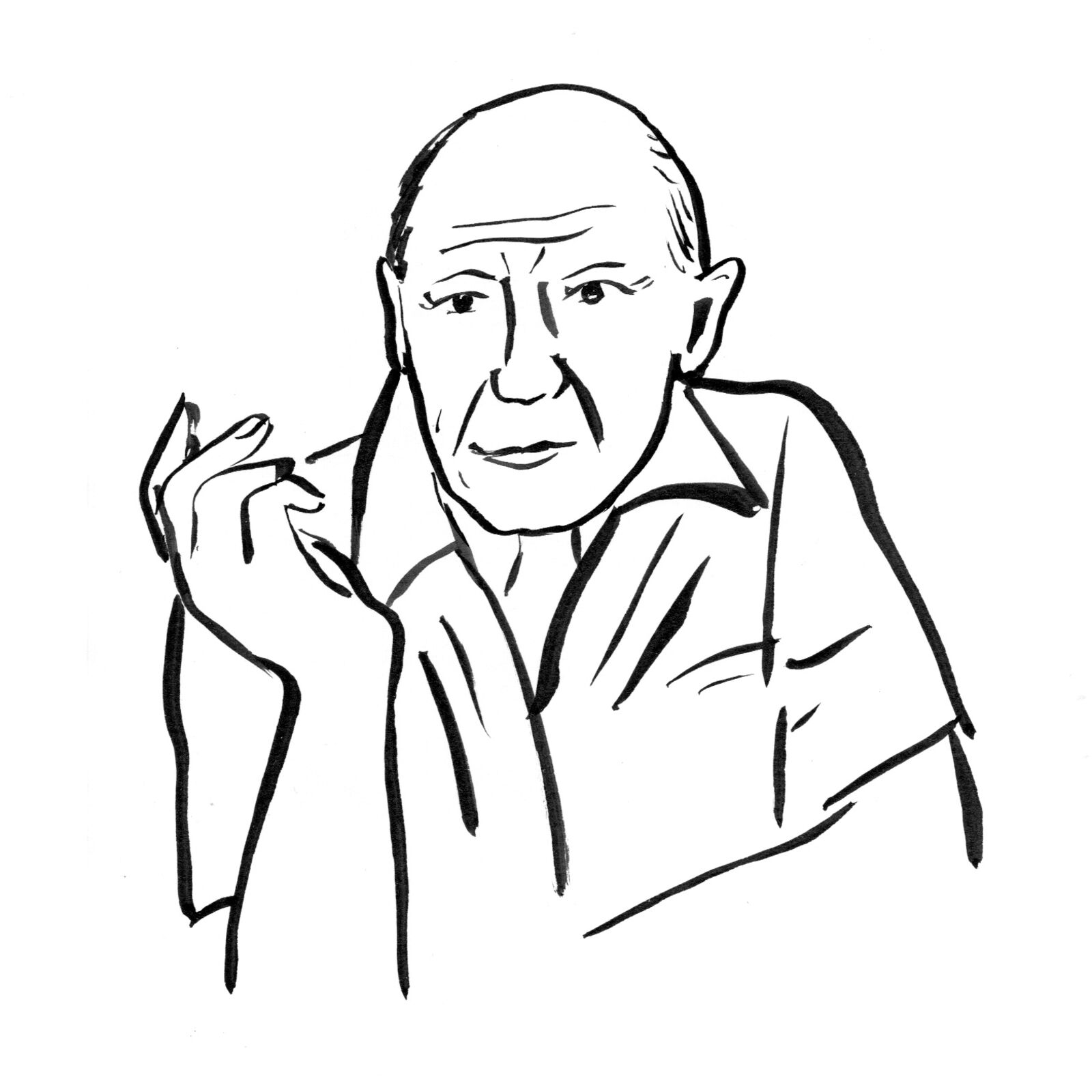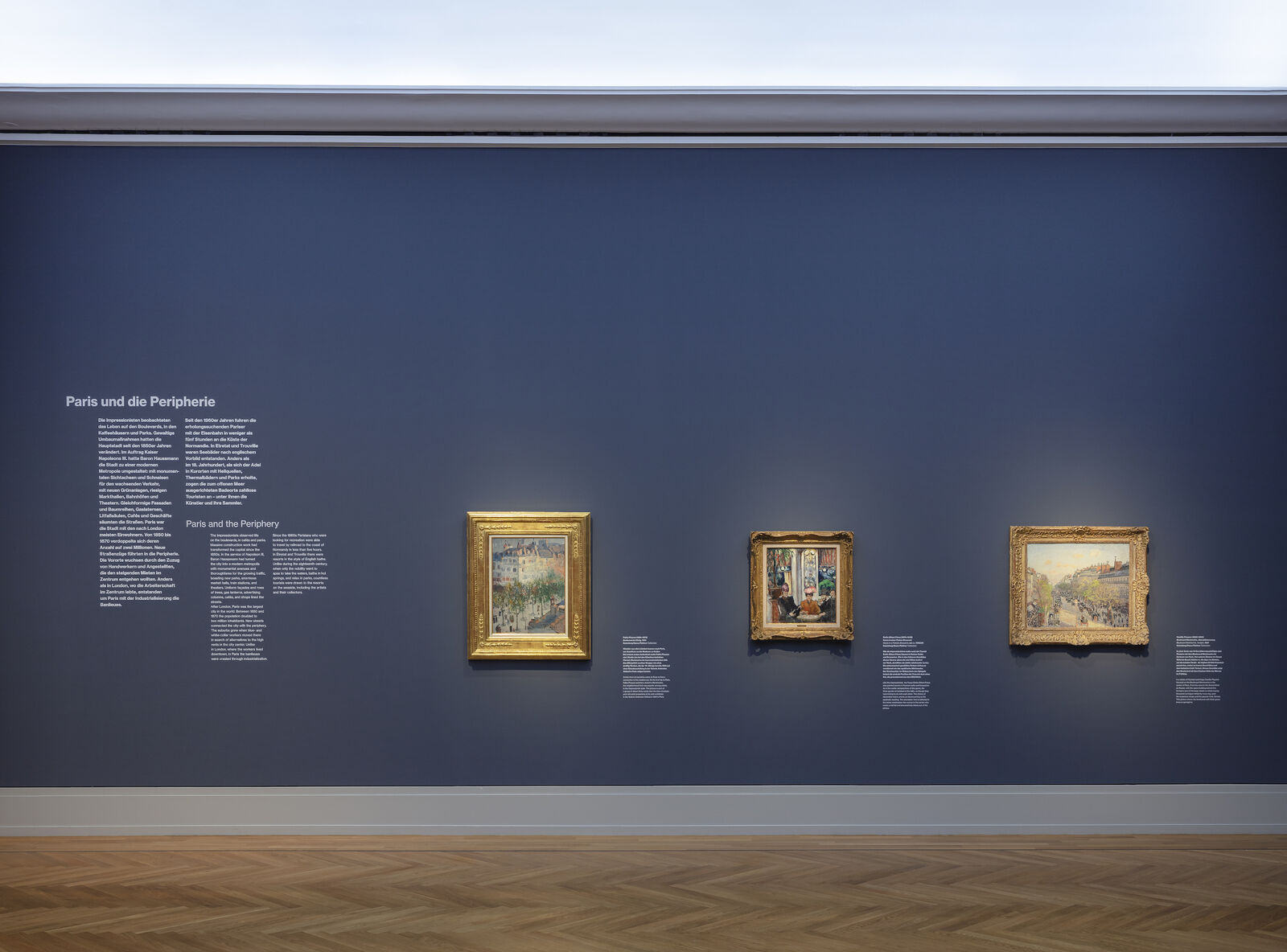
Laura Junger
Pablo Picasso
born 1881 in Málaga
died 1973 in Mougins
Over the course of many decades, Picasso served as the driving force and point of orientation for modern art. As a public personality, he shaped the image of the artistic genius in the 20th century.

David von Becker
Picasso, who came from Málaga, first traveled to Paris in 1899 and shortly thereafter moved into a studio in Montmartre. His Impressionist beginnings were followed in 1901 by his Blue Period and in 1905 by his Rose Period. Beginning in 1906, Picasso developed an interest in non-European cultures which showed itself in his early masterpiece Les Demoiselles d’Avignon (The Museum of Modern Art, New York).
Influenced by the art of Cézanne, he and Georges Braque developed Cubism around 1908. After World War I, his works were marked by a return to classicism. His monumental wall painting Guernica was created in 1937 in reaction to the German bombardment during the Spanish Civil War. Picasso spent World War II in seclusion in Paris; after the war, he moved to the south of France, where he produced his late work.
Picasso in the collection
Pablo Picasso is represented with one work in the Hasso Plattner Collection, on view in the Museum Barberini as a permanent loan from the Hasso Plattner Foundation. With over 110 paintings of French Impressionism and Post-Impressionism, including masterpieces by Claude Monet, Pierre-Auguste Renoir, Berthe Morisot, Gustave Caillebotte, and Paul Signac, the museum in Potsdam is one of the most important centers of Impressionist landscape painting in the world.




